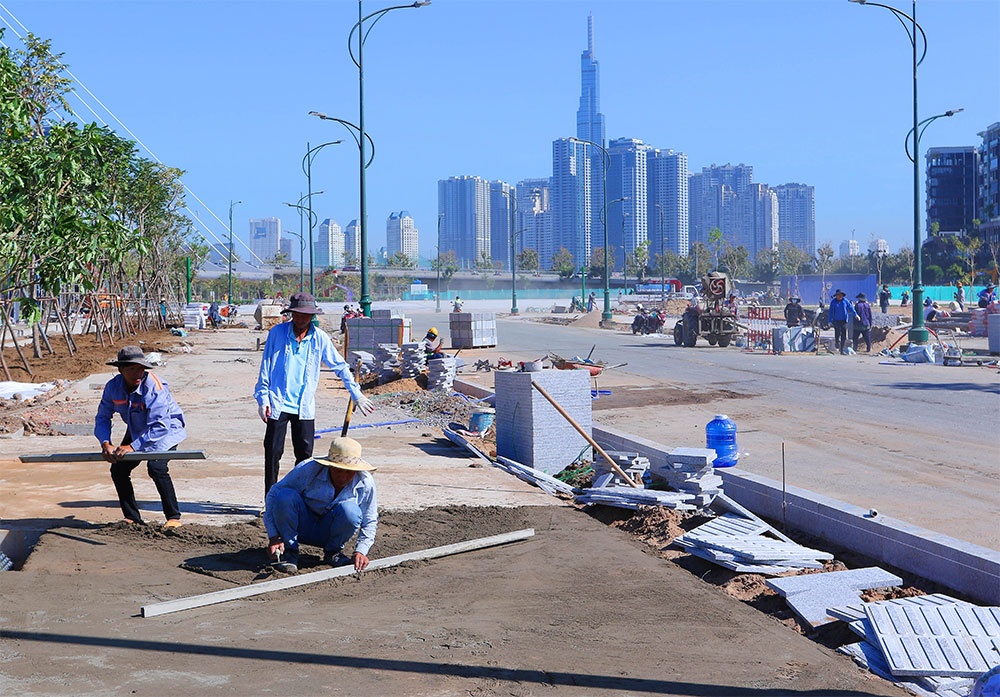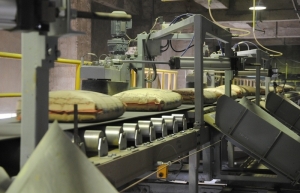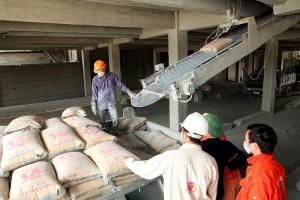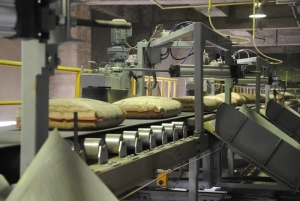Cement groups take on tough period
In 2023, Vietnam’s cement industry faced many challenges, and some producers had to shut down or reduce output to minimise losses. Quang Ninh Construction and Cement, for example, is struggling due to especially slow consumption and the high competitiveness of the domestic cement market.
 |
| Speedy infrastructure works will help the situation, Le Toan |
Input costs were too high in 2023, according to Vu Trong Hiet, deputy general director of the company. The clinker export tax rate rose from 5 to 10 per cent and was not subject to the law on VAT.
“Besides this, electricity prices have risen twice with an increase of about 7.5 per cent, and the electricity supply was unstable on hot days and there was often scaled down production due to a lack of electricity,” Hiet said. “Raw materials for production, such as coal, ash, and slag from thermal power plants, and production additives raised prices and materials were difficult to buy due to tightening mineral resource management.”
Against these general difficulties, in 2023 the company had to stop production of a line for three months to stretch production, and reduce output to save costs.
“Due to the low domestic cement consumption market, the company’s domestic sales made up less than 10 per cent of total product sales,” he said.
At last December’s workshop on solutions for the cement industry, Luong Duc Long, general secretary of the Vietnam National Cement Association, said, “Since the establishment of the cement industry more than 100 years ago, this is the most difficult period. Because this industry is under the pressure of output, when the absorption capacity of the domestic economy is poor, and input costs are soaring due to high energy prices, the cement industry is under significant pressure.”
Many other industry insiders reported the same issues.
“When input prices are high, product costs will inevitably also be high, exceeding the selling price that the market accepts, resulting in a decrease in sales. In addition, the supply of cement is too large, affecting the sales output of some companies, including Vissai Ha Nam JSC,” said Pham Viet Cuong, deputy director of Vissai Ha Nam.
“Currently, production line 2 has been stopped since May, while line 1 is considering whether to continue production or temporarily stop because the loss is too large.”
Dao Nguyen Khanh, a representative of INSEE Vietnam, said, “While domestic consumption is too hard, 2023 is considered to have the lowest sales in dozens of years of operation of the company. Sales output is estimated to be the worst over 30 years of establishment and operation of the company, with a decrease of 35 per cent on-year.”
According to the Ministry of Construction (MoC), in the first 11 months of 2023, cement production exceeded 81 million tonnes, down 12 per cent on-year. Of this, domestic consumption was 52 million tonnes, a drop of 16 per cent, and the export volume was 52 million tonnes, down 29 per cent on-year.
The reason is the relatively quiet real estate market of the past two years, with numerous businesses encountering problems, so their projects had to delay progress or scale down. On the other hand, public investment construction activities are slow, so cement demand has decreased.
Most recently, 10 of the 12 cement producers listed on the stock exchanges that have released their financial statements for the third quarter of 2023 have already reported losses, one enterprise reported lower profits, and only one declared a profit growth, Hiet of Quang Ninh Construction and Cement added.
Regarding the cement market in 2024, SSI Securities Corporation said that consumption in the domestic and export markets would continue falling to the lowest level in the first quarter of 2024 due to seasonal factors and decreasing demand.
A positive point is that large public ventures, such as Long Thanh International Airport and highway projects in the central and southern regions, may partially offset weak demand in 2024.
“We expect cement consumption volume to improve over the same period in the second half of 2024, partly thanks to the low base level established in the second half of 2023,” SSI reported.
Hiet suggested developers and investors of infrastructure projects raise the rate of using reinforced concrete viaducts for highway projects in the design stage, especially in areas with flood drainage requirements, weak soil areas, and areas lacking road embankment materials such as the Mekong Delta. “Localities should increase the use of cement in concrete roads to build rural, mountainous roads and roads in frequently flooded areas,” he said.
The MoC, the State Bank of Vietnam, and localities will continue to deploy a credit package of VND120 trillion ($5.06 billion) to develop social housing, and worker housing, and renovate and rebuild old apartments, which should help matters.
 | Cement sector faces bleak prospects According to the Ministry of Construction (MoC), the production and consumption volumes of several major building materials saw a sharp decline in the first half of this year, with cement, in particular, experiencing a considerable decline. |
 | Cement producers continue to count losses Cement producers have experienced a tough first half amidst the gloomy market prospects both at home and abroad, surging production costs, and sluggish consumption. |
 | Cement firms maintain pessimistic outlook Cement firms across the country continue to face tough times with dwindling consumption amidst the stagnant real estate market, reduced residential project deployment, and shrinking exports. |
What the stars mean:
★ Poor ★ ★ Promising ★★★ Good ★★★★ Very good ★★★★★ Exceptional
 Tag:
Tag:
Related Contents
Latest News
More News
- Vietnam’s industrial output hits seven-year high in 2025 (January 06, 2026 | 17:47)
- GELEX’s credit rating outlook upgraded to 'Positive' by VIS Rating (January 06, 2026 | 16:49)
- Finance sector lays firm groundwork for 2026 after major reform (January 06, 2026 | 15:30)
- Vietnam’s seafood exports surpass $11 billion in 2025 (January 06, 2026 | 08:51)
- Vietnam GDP posts second-strongest growth since 2011 (January 06, 2026 | 08:35)
- Double-digit GDP growth within reach with shift to higher-value expansion (January 06, 2026 | 08:33)
- Takeda Vietnam awarded for ongoing support of Vietnam’s sustainability efforts (December 31, 2025 | 21:00)
- Vietnam's retail market tops $269 billion in 2025 amid e-commerce boom (December 31, 2025 | 19:00)
- Stronger legal framework urged as trade fraud surges online (December 31, 2025 | 18:58)
- FPT exports first chip shipment to Japan (December 31, 2025 | 10:47)



















 Mobile Version
Mobile Version